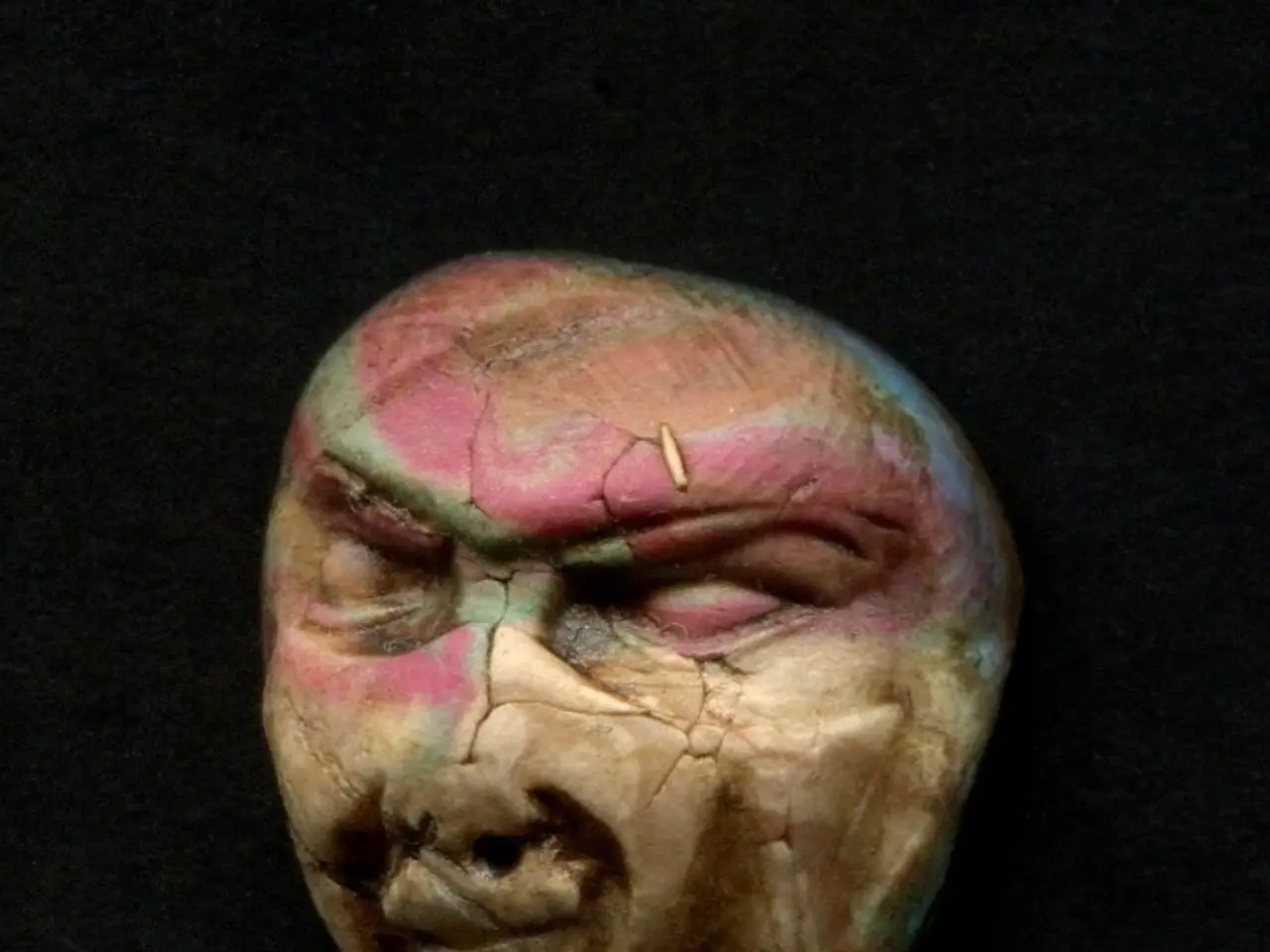Evidence of Artifacts found in the Biological Forensic Examination
**Common Artifacts in Forensic Biological Examination: A Look at the Challenges**
In the world of forensic science, the examination of biological evidence plays a crucial role in solving crimes. However, the process is not without its challenges, as common artifacts can interfere with the accurate identification of biological stains.
Two Italian researchers, Chiara Lucanto and Giuseppe Calabrese, have been delving into this topic in their study, "Evaluation of the Presence of Artifacts in the Forensic Biological Examination." The study, authored by E. D'Orio, K. Czerwińska, C. Lucanto, G. Calabrese, and P. Montagna, was presented at the 11th annual forensics science symposium held at Florida International University.
The study highlights that artifacts in forensic biological examination, while not well defined, are signal phenomena of absorbance and fluorescence not assigned to biological stains but caused by the fabric's composition. These artifacts can be divided into two types: Shadowling and Brightling, which are better highlighted with ALS380nm and ALS 450nm respectively.
Contaminants or extraneous materials like fibers, paint, or soil may fluoresce under ALS, potentially confusing or obscuring biological evidence such as blood, saliva, or semen. Background fluorescence from some surfaces or materials can mask or mimic biological stains, leading to false positives or negatives. Degradation or environmental inhibitors in biological samples can complicate DNA extraction or fluorescent visualization. Instrument-related artifacts, such as improper filter use, can cause reflections or shadows that are mistaken for evidence.
These artifacts can interfere with the detection of biological evidence, compromise evidence interpretation, and reduce the sensitivity and specificity of ALS-based analyses. Proper protocols, including the use of optimized filter sets, multiple wavelength assessments, and confirmatory biochemical or DNA tests, are critical to mitigate these artifacts and ensure reliable forensic results.
The Forensic Science E-Magazine, a monthly publication that delivers study material related to forensic science, has published Volume 10 in November 2022. Subscribing to Forensic's blog allows readers to receive the latest posts sent to their email. The magazine also features an infographic, "Basic but Commonly Forgotten Forensic Questions," which provides a concise overview of key forensic concepts, including the examination of blood in forensics.
Forensic laboratories commonly use Alternative Light Sources (ALS) for improved stain-identification. However, understanding and managing artifacts in ALS-based analyses is essential to maintain the accuracy and reliability of forensic results. As more research is needed in this area, the need for effective procedural controls and complementary confirmatory analyses becomes increasingly important.
In the study "Evaluation of the Presence of Artifacts in the Forensic Biological Examination," researchers highlighted that artifacts, which are not assigned to biological stains but caused by a fabric's composition, can interfere with forensic science. These artifacts can be divided into Shadowling and Brightling, better highlighted with ALS380nm and ALS 450nm respectively. Forensic science's reliance on Alternative Light Sources (ALS) for improved stain-identification underscores the importance of understanding and managing artifacts in ALS-based analyses, as these can compromise evidence interpretation and reduce the sensitivity and specificity of such analyses.




